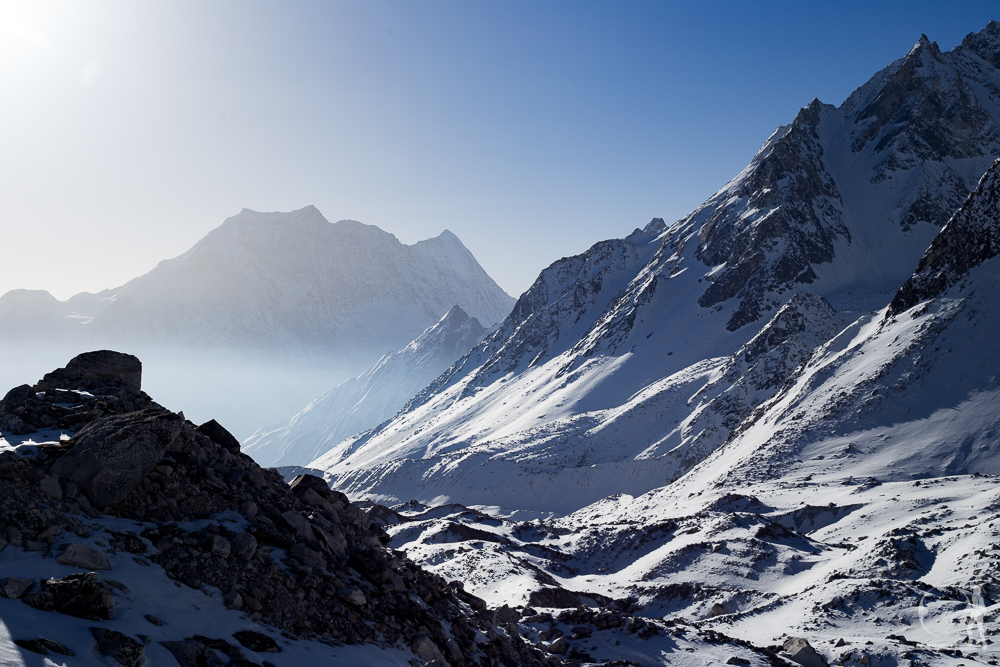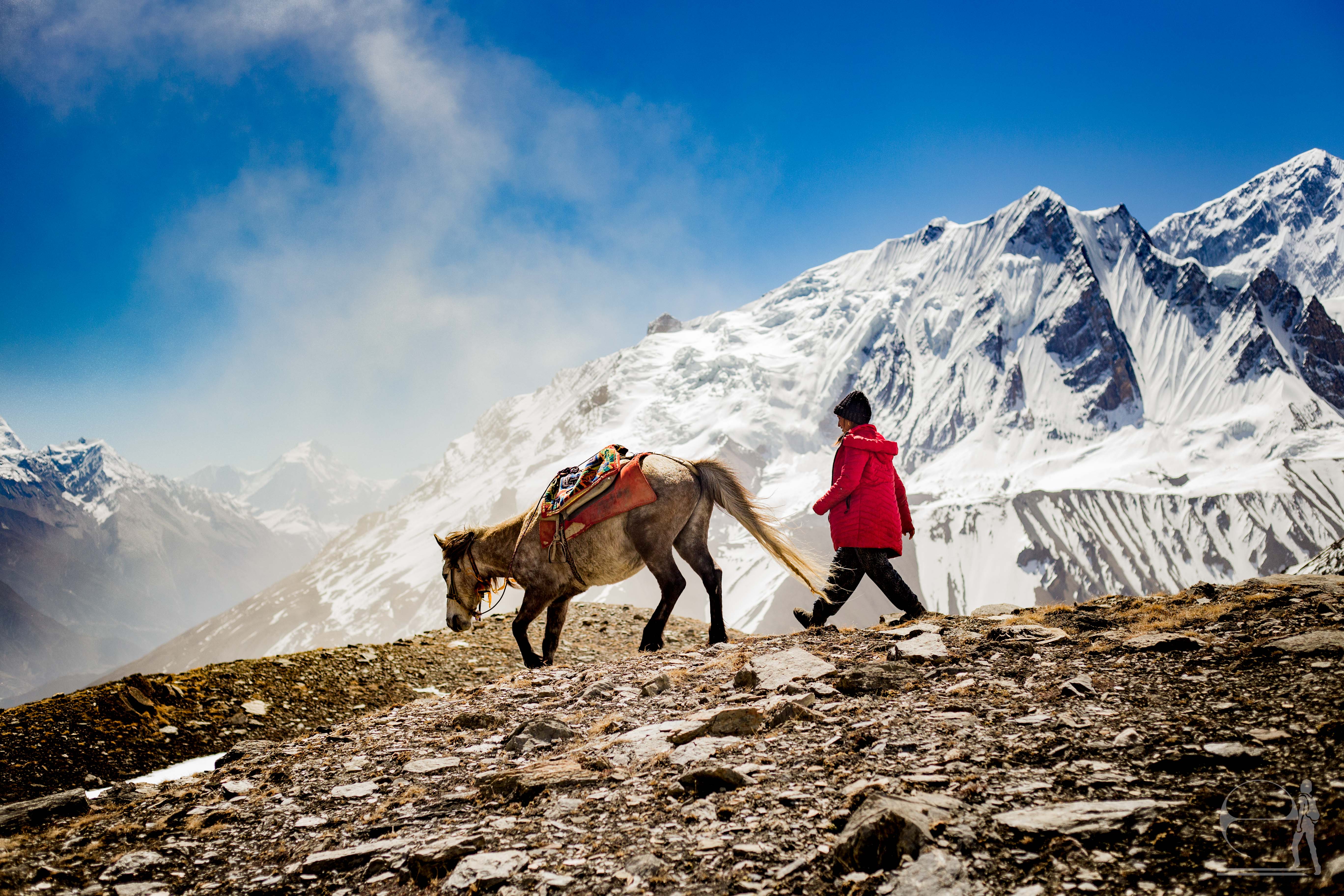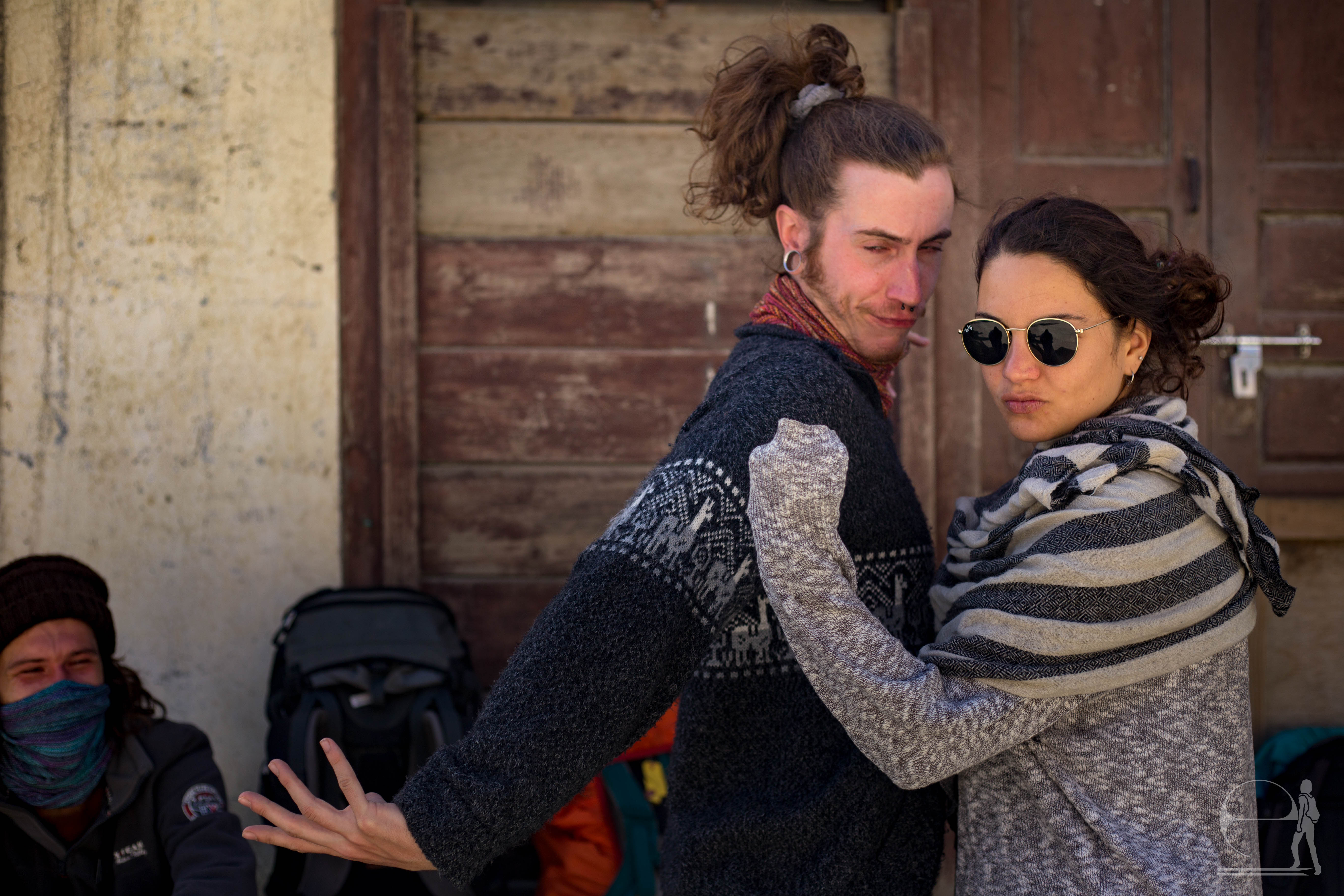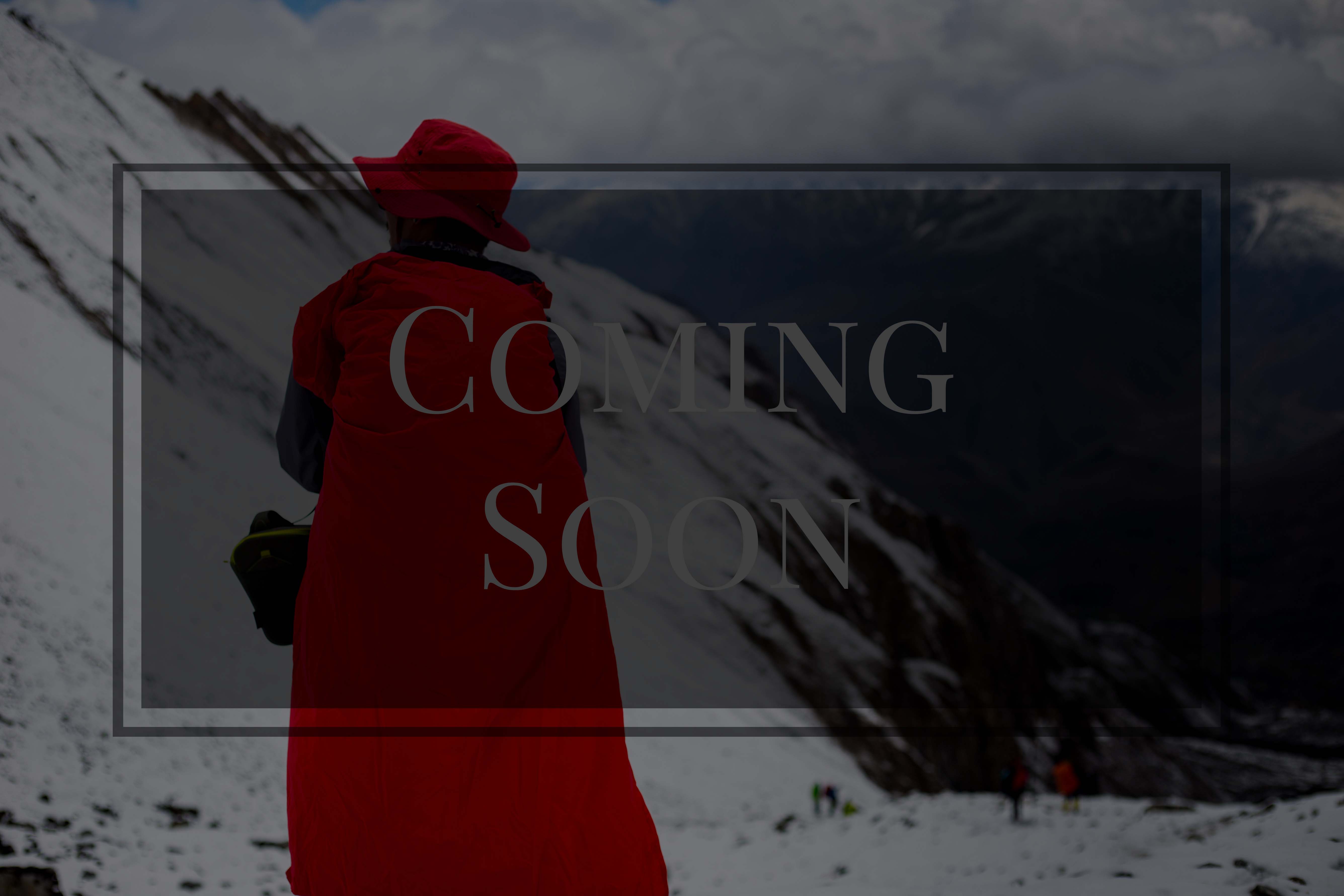/ What’s in my bag?
Where do I find this gear?

So this is quite the list, especially if this trek is meant to be a once-in-a-lifetime experience. How do you get all this gear without breaking the bank?
Fortunately, you can pick up knock-offs or local brands for most of your gear needs in Kathmandu and Pokhara, the two “gateway cities” to the trekking routes. These will easily last you for the duration of your trek. Be open to a bit of haggling, but please be respectful if the price is already low and the shopkeeper does not want to meet your price. Also, be aware that not all the knock-offs in Nepal are labeled as knock-offs. Your best bet is to ask a local not affiliated with the shop.
With this in mind, I do NOT recommend that you buy the following in Nepal:
- Water bottle
- Backpack
Water bottle
You want to be able to fill your water bottle with both hot and cold water. If you have an off-brand water bottle, the plastic may melt if you fill it with hot water. Having a bottle of hot water is pretty nice under your covers for those cold nights or on the trail in the early morning.
Backpack
I do not recommend buying a backpack in Nepal for different reasons. The construction of the backpacks in Nepal are sturdy and will serve you well for your trek. However, this is something you’re going to be spending 8 hours with for 3-20 days.
Carrying weight is never pleasant, but the proper bag can greatly increase your level of comfort and make your trek more enjoyable. This will probably be the priciest investment on your trip, but it is worth going to a local gear store to be properly fitted for your pack and to walk around with it while carrying weight.
How to pack
As a general rule, you want to keep the weight low and close to your back. This will make the most of your backpack’s load-lifting and distribution capabilities and also help you keep your balance. The weight is less likely to shift around as you walk and maneuver up and downhill.
However, you also want to balance weight with accessibility. Consider where you pack daily use items, such as your sleep system or toiletries. If your bag only has an opening on top, you don’t really want to tuck your sleep system down, close to the bottom of the bag against your back. Trust me, that’s a pain and a half when you’re digging it out every. Single. Night. And repacking it every. Single. Morning.
Balance weight with accessibility. And, keep your rain gear handy.
Here’s how I pack. On days without snow and ice, my microspikes are at the very bottom of my bag. My solar panel and towel are right by my back—usually in the “hydration bladder pouch” of my bag, since I don’t use a hydration bladder. My sleeping bag is tucked just outside of this pouch. I put my heavier cold weather clothes at the bottom—I won’t need these until I’m at higher elevations. My toiletries are somewhere in the middle, padded in by other clothes. On the top, I have a light but warm layer and my rain jacket. In the brain of my bag, I have my sunglasses and my headlamp. I put my water bottle on the outside and strap my camera to the opposite hip belt to balance the weight. In my hip belt pockets, I have a snack and lipbalm.




